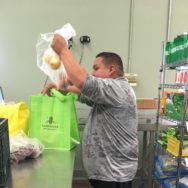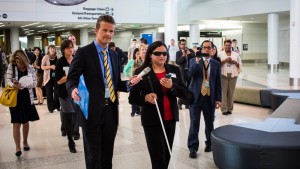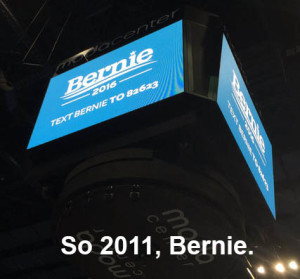Between the Aisles: The Vending Machine Evolves
Here’s what you’ve might have missed in the last week or so:
Inside of the Grocery Mind of Amazon Leadership
Recode’s Jason Del Rey shares a revealing interview with Stephenie Landry, Amazon’s VP of Grocery. Learn how they handled their pandemic-powered growth. How Whole Foods challenges its omnichannel offerings. And their smart shopping cart that enables Amazon Go stores. Be sure to stay for the Q&A at the end.
My Take: The media might focus on Amazon’s technology advances. Landry reinforced their drive for consistency and quality of their delivery experience. Amazon’s drive for perfection is foolishly overlooked by most grocers.
The Vending Machine Evolves
Amazon isn’t the only company to corner checkout-free commerce. Those ugly glass food coffins have found their end. SF-based Standard partnered with the University of Houston to create Market Next. This micro convenience store offering the usual beverages, snacks, and sandwiches. The integrated app and a set of cameras will end your fear of wrinkled dollar rejections.
My Take: These white-labeled technologies put vending machines and corner bodegas on notice. I can’t wait for the startup that masters the beer, spirits, and wine retail space.
How Packaging Birthed Modern Grocery
I’m a big fan of Benjamin Lorr’s new book: The Secret Life of Groceries. If you want a taste of his storytelling savvy, check out the interview on Marketplace.
My Take: The evolution of an industry is always multifaceted. If books like the one above garner your attention, read The Box. This page-turner retells the evolution and impact of the humble shipping container.
Between the Aisles is a weekly quick read on relevant grocery and other retail industry news.





